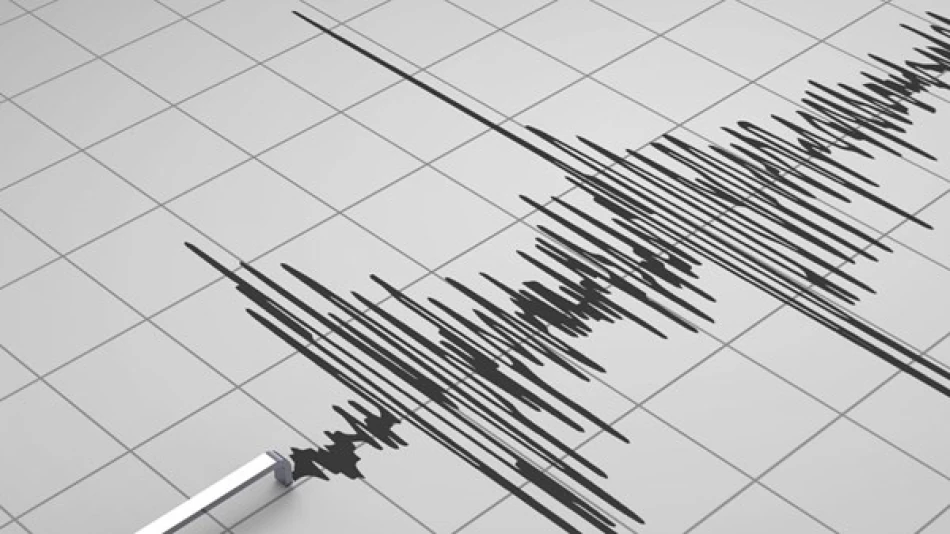
Powerful 5.6 Magnitude Quake Strikes Near Myanmar-India Border, Rattling Residents
Moderate 5.6 Earthquake Strikes Myanmar-India Border Region
A magnitude 5.6 earthquake hit near the Myanmar-India border on Friday, according to the European-Mediterranean Seismological Centre, marking another seismic event in one of the world's most earthquake-prone regions where tectonic plates converge.
Earthquake Details and Location
The tremor occurred at a relatively shallow depth of 10 kilometers, which typically amplifies ground shaking and increases the potential for damage in populated areas. The European-Mediterranean Seismological Centre recorded the event, though specific damage reports or casualty figures have not yet been confirmed.
A Seismically Active Frontier
The Myanmar-India border region sits within a complex tectonic zone where the Indian Plate continues its northward collision with the Eurasian Plate. This geological setting makes the area particularly susceptible to seismic activity, with the region experiencing regular earthquakes of varying magnitudes.
The shallow depth of Friday's earthquake is significant from a risk assessment perspective. Earthquakes occurring within 10 kilometers of the surface tend to cause more intense shaking than deeper events of similar magnitude, potentially affecting both rural communities and urban centers in the border region.
Regional Seismic Context
This latest earthquake follows a pattern of moderate seismic activity that characterizes much of Southeast Asia's mainland. The region has experienced several notable earthquakes in recent years, including more powerful tremors that have caused significant damage and casualties in Myanmar, which lacks the earthquake-resistant infrastructure found in more developed nations.
For regional governments and disaster preparedness agencies, events like this serve as reminders of the ongoing seismic risks facing communities along active fault systems. The cross-border nature of the earthquake also highlights the importance of coordinated monitoring and emergency response capabilities between neighboring countries in seismically active regions.
 Layla Al Mansoori
Layla Al Mansoori







